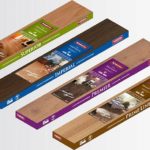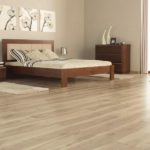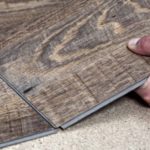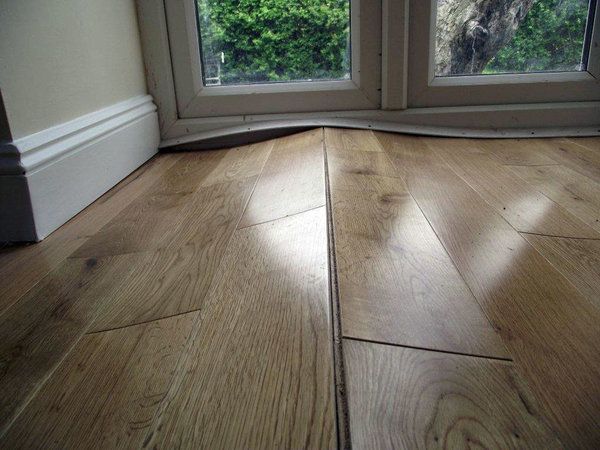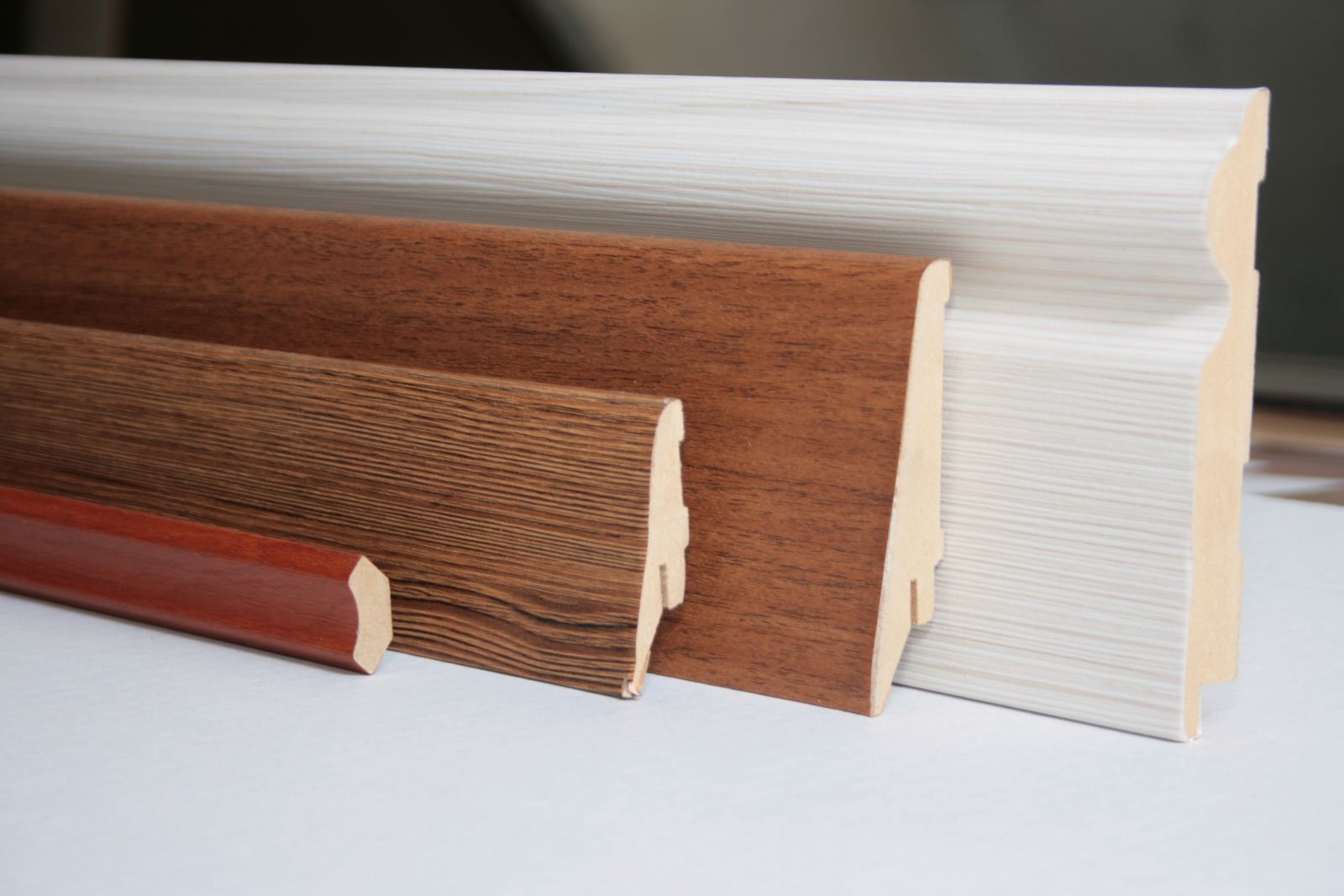Laminate classes
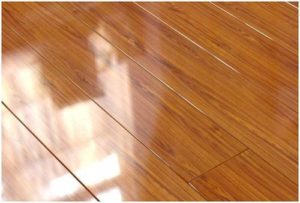 There is a large offer on the building materials market for the supply of a variety of materials for creating floor coverings.
There is a large offer on the building materials market for the supply of a variety of materials for creating floor coverings.
Flooring called laminate is becoming increasingly popular. This is primarily due to its operational parameters. In particular, these products have a wide selection of colors and textures. Simple and quick installation. This material is distinguished by geometric parameters, texture, wear resistance and some others. Let's look at this in more detail.
European Union standards, in particular DIN EN 13329, determine that the laminate design includes three levels - basic, load-bearing, pressed.
- Base. It is made from durable paper, which is impregnated with synthetic resins. This layer protects the lamella from water. The manufacturer on this layer shows the serial number of the batch, the date of its production, and puts its product logo.
- Carrier. This is the basis of the flooring; high-density fiberboard and MDF are used for its production. Locks are installed on this layer, which ensure quick assembly of the coating. The quality of resistance to stresses arising from stretching, bending, etc. depends on the parameters of the top layer.
- Paper pressed into one layer with a pattern applied to it and a layer of polymer resin. This layer can be smooth or corrugated. The relief applied to the surface increases its wear resistance and anti-slip characteristics, but it can create certain difficulties during cleaning.High-level manufacturers from the European Union add thick paper to the top layer, which increases the strength of the applied coating. This product is called high-level HPL coating.
The content of the article
What does laminate class mean?
At one time, the European Union adopted the EN 13329 standard, which specifies the procedure for testing and identifying areas of use for each type of product, and based on the data obtained, a class (level) is assigned. Russian manufacturers are guided by the requirements of GOST 32304-2013. In fact, these documents are largely similar to each other, but the standard adopted in the European Union is much stricter. Based on the standards defined in these documents, the laminate is determined by the level of resistance to wear, that is, the quality category that determines the admissibility of using this material in residential and commercial premises and the duration of its operation.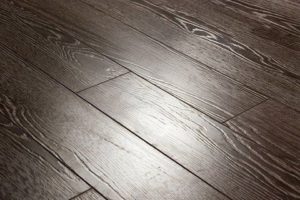
To determine the coating class, a whole set of tests must be performed. It includes:
- Testing to determine the wear resistance of the overlay. This technique, which was developed in the USA, replaced the less productive method of spraying sand under pressure onto the surface of the product. To carry out testing using the new technology, a grinder with an abrasive wheel installed on it is used. The rotation speed of this circle is considered an important parameter in identifying the level of abrasion of the floor covering.
- Impact resistance. This parameter is determined using a small ball, which is released into the test sample under pressure.A larger ball that simply falls onto the lamella.
- Stability of furniture legs when moving around the room, chairs on wheels.
- Neutrality towards a lit cigarette. GOST 32304-2013 determined the procedure for conducting such a test. To do this, you need to use non-filter cigarettes with light tobacco.
- The laminate must withstand the effects of spilled juice, wine, etc.
- Resistance to moisture, moisture absorption coefficient should not be more than 18%.
After passing these checks, the laminate is determined by the class according to the minimum parameter. If according to all indicators, except for one, the coating lamella is classified as class 32, but according to one of the tests it showed the level of class 31, then accordingly it is assigned a low level.
Classification of laminate by class
The name of the coating level contains 2 digits, the first indicates the area of use - 2 for installation in housing, this can be a house or apartment, class 3 for offices, class 4 is highly durable.
The second number indicates the frequency of application of the coating. That is, the larger it is, the stronger the material from which it is made.
- moderate strength,
- normal,
- intense,
- very intense.
The second indicator also tells how the material can withstand dust, small debris, and pet dogs or cats.
Which class of laminate is better?
It’s hard to say which laminate is better. This is determined by everyone for themselves. Each class of product has its own area of use, and when choosing flooring, it makes sense to be guided by the characteristics of the place in which it will be used.
For installation in domestic premises, laminate levels 21–23 are used.It is installed in country houses and city apartments. But due to weak user parameters, it is practically not released.
For use in rooms with heavy loads, class 31-4 laminate is used. If the operating rules are followed, this material will last up to 12 years. Class 32 is used for installation in offices and corridors. Subject to the rules of use and proper care, material of this class will last up to 20 years in living rooms and up to 5 in offices.
Class 33 laminate is used in premises with heavy loads, for example, in schools, shopping malls, etc. It can be used in residential premises for up to 30 years, in commercial premises for up to 6 years.
Class 34 material is used for installation in sports clubs or exhibition halls. In housing, it can last up to 50 years; with high occupancy, the period of this coverage is reduced to 6–7 years.
Laminate levels 41-43 are used where there are high loads on the laid coating. In particular, it is installed in transport hubs, sports complexes, and industrial premises.
This material easily withstands mechanical stress and withstands moisture and abrasion. The basis of this coating is polyvinyl chloride and quartz - vinyl.
To make the outer layer, polyurethane is used, which contains aluminum oxide. In addition, fiberglass can be introduced. These materials give the laminate high performance parameters. In particular, laminates of this class are used for coating in industrial premises in which workshop vehicles move and transportation is often carried out using various auxiliary means.
In accordance with the requirements of domestic and European standards, in addition to numbers, an alphanumeric combination may also be included, for example AC1, thus indicating the class of the laminate. For example, AC - 6 indicates the highest abrasion of the coating.
Laminate classes, what are the differences?
The differences between classes are determined by its use in practice, this was discussed above.
They differ from each other at least in the quality of the materials used for their manufacture.
Slat modifications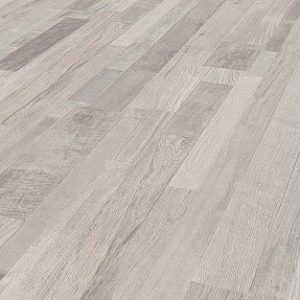
The quality level of the laminate is also shown by the presence of chamfers on the lamellas. There are two types of chamfers. The largest has a size of 2 mm, the smallest is 1 mm. The depth of the chamfer is determined by what tasks the lamella will be used for. In addition, when choosing a laminate, it is advisable to understand under what temperature conditions the coating will be used. In rooms with temperature fluctuations, the slats can be subject to deformation and deep chamfers successfully resist this.
Using laminate with a chamfer helps to visually change the dimensions of the room. When laid lengthwise, the room will appear longer; when laid across, it will appear wider. The technology for laying chamfered lamellas is no different from laying conventional ones. But the coating will receive additional strength, and the room itself will improve its appearance.
Manufacturers have mastered the production of laminate with different chamfers - ordinary, rolled and figured chamfers. Rolled lamellas are produced by extrusion using special equipment. Thanks to this, the laminate does not accumulate dirt during operation. Thus, extending the life of the coating.
This parameter is determined by how thick the protective layer is applied to the surface of the lamella.This parameter affects the service life of the laminate flooring. That is, the layer protecting the lamella will not wear out before the time specified for it. In addition, exposure to direct sunlight also affects the duration of operation.
At the end of the warranty period, the protective layer wears off at the joints of the lamellas. The locks begin to hold the slabs poorly and cracks appear between them. But with this floor you can live for about 10 more years. When assembling such a coating, it is advisable to prepare the base. In this case, the deadline

